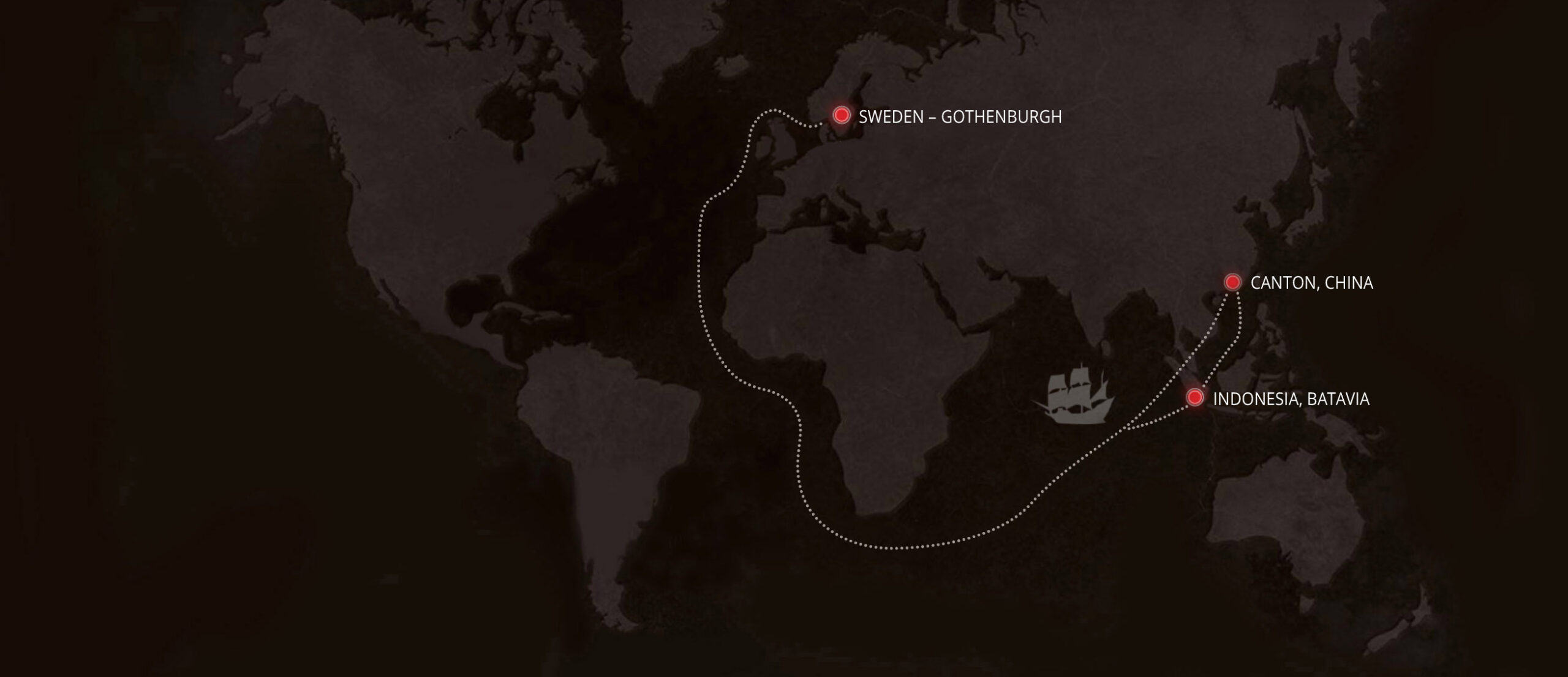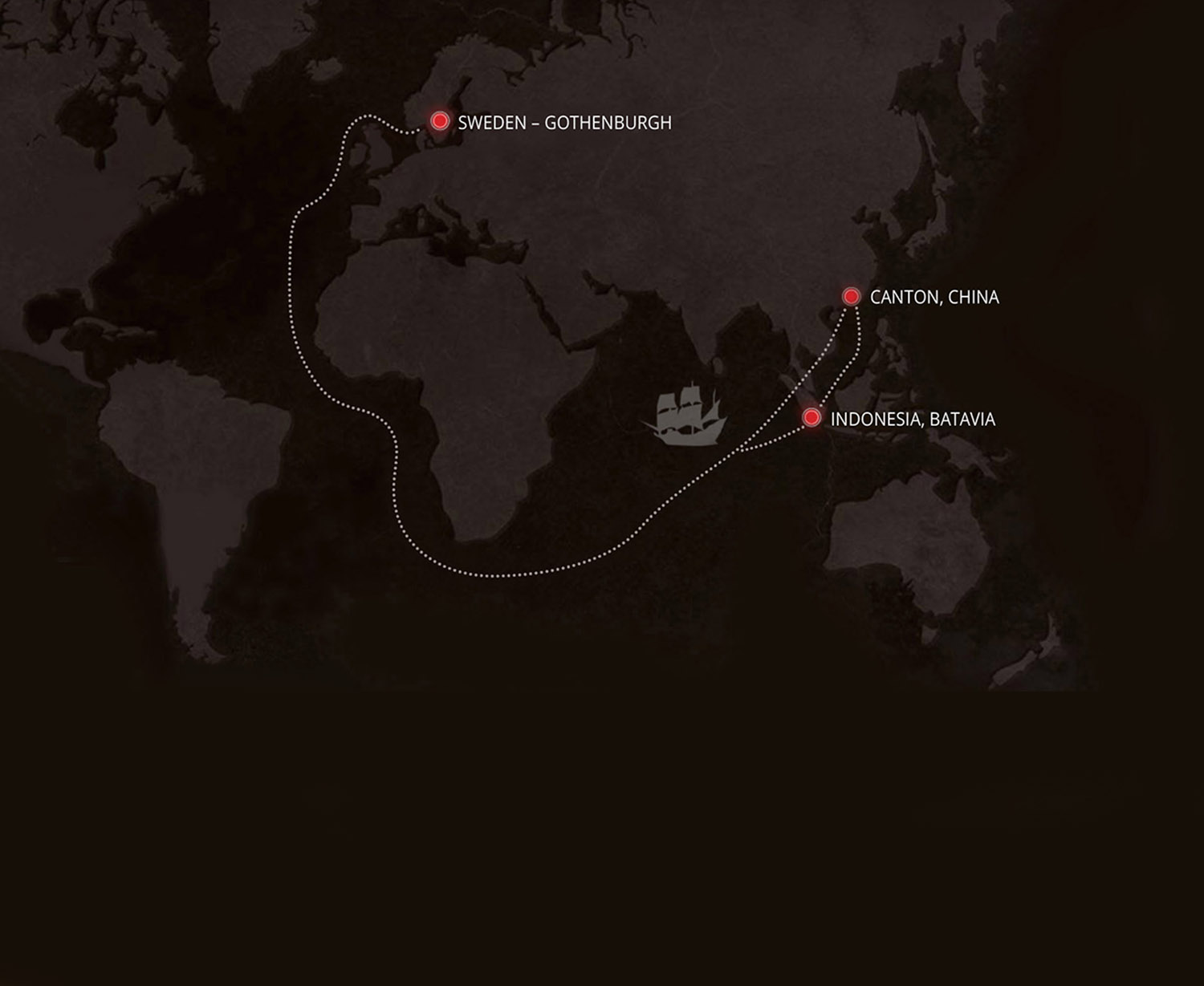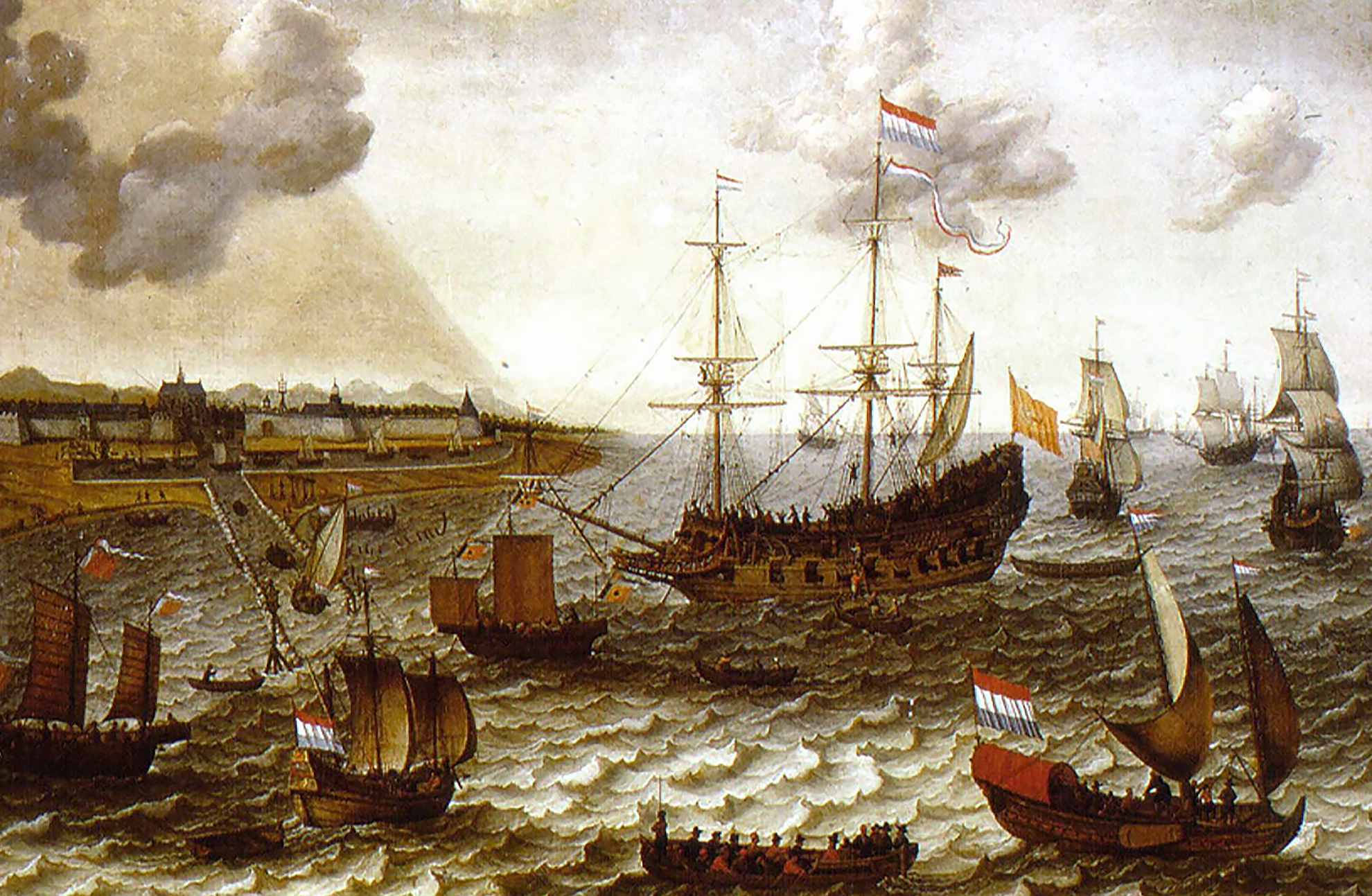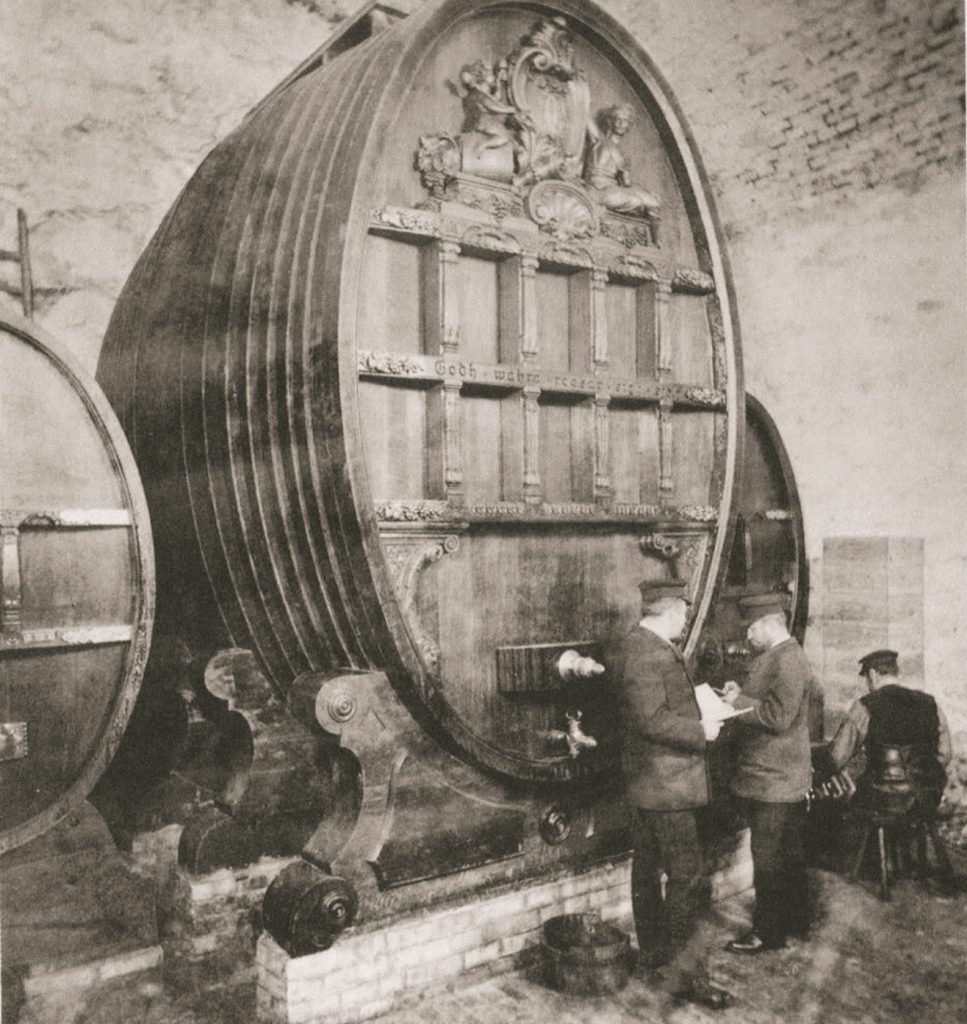

“THE TRADITION THAT ALMOST DIDN’T HAPPEN”
The Origins and Evolution of Swedish Punsch: A Heritage Spirit
As with many European countries, Sweden’s exploration and trade shaped, among other things, its drinking culture, leading to the creation of a truly unique beverage: Swedish Punsch.
The Swedish East India Company’s first voyage from Gothenburg, Sweden, to Canton, China, aboard the ship Fredericus Rex Sueciae began on March 7, 1732, and lasted 550 days, concluding with its return on September 7, 1733.
During this journey, in January 1733, Fredericus Rex Sueciae, under the command of Captain Trolle, had to make an unplanned stop in Batavia (present-day Jakarta) on the island of Java, Indonesia [(see article “The Tradition That Almost Didn’t Happen”)].
There, Swedish sailors encountered Batavia Arrack, a double pot-distilled spirit made from sugarcane molasses, fermented with local red rice and wild yeast, creating a unique character—a predecessor to rum. Several so-called leggers were purchased for use during the return voyage to Sweden and for trade. Inspired by the English naval tradition, the sailors blended Batavia Arrack into a rum punch for their long journey back to Gothenburg, unknowingly setting the stage for the birth of Swedish Punsch.

The Rise of a Tradition
Initially, arrack punch was an indulgence for Sweden’s wealthy elite, as sugar and citrus were considered luxuries. Punsch, a blend of Batavia Arrack, sugar, citrus, and water, was the precursor to the modern cocktail. Often served warm to help dissolve the sugar and traditionally presented in large Chinese bowls, it became a hallmark of Swedish high society.
Influential figures such as Cajsa Warg, a renowned Swedish cookbook author, popularized variations [(see article)] of the drink as early as 1755, with Batavia Arrack as the key ingredient.
To protect the integrity of this growing tradition, King Gustav Adolf issued a royal decree in 1758 stating that authentic Swedish Punsch must be made with Batavia Arrack and produced in Sweden. This was a necessary measure, as imitations using inferior spirits from other parts of Asia and the Middle East had started to appear on the market.
Joan Cederlund Söner, the first merchant to bottle Swedish Punsch, had a 24,000-liter storage vessel beneath the Castle of Stockholm.

Industrialization and the Bottled Punsch Revolution
By the late 1800s and early 1900s, Swedish Punsch—often referred to as “Racken” at the time—was primarily purchased in bulk from suppliers. However, by the mid-19th century, the Industrial Revolution brought new possibilities.
In the 1840s, Johan Cederlund & Söner, a Swedish wine merchant with 24,000-liter storage casks beneath the Castle of Stockholm, introduced the first bottled Swedish Punsch. Rather than using fresh citrus, Cederlund blended Batavia Arrack with sugar and acidic wines, making it more shelf-stable and suitable for consumption cold. This innovation transformed the drink into a popular and refreshing beverage, enjoyed both cold and warm, depending on the occasion.
The growing interest in this enjoyable product led the government to seek ways to both limit the times it could be served and increase taxes on Batavia Arrack. However, these measures did little to curb consumption. By the late 1800s, according to some sources, up to 5 million liters of this expensive Swedish Punsch were sold annually—at a time when Sweden had a population of approximately 5.1 million.
Following Cederlund’s success, other producers created punsches with evocative names such as Kavalleri Punsch (Cavalry Punsch), Telefon Punsch, Elevator Punsch, and Caloric Punsch (a reference to its invigorating properties). Punsch became so ingrained in Swedish culture that the language itself adapted—there are over 80 Swedish words derived from “punsch,” including punschveranda, a term for a porch where punsch and cigars were enjoyed after dinner.
The connection between Swedish Punsch and cigars was evident, even though Sweden did not have domestic tobacco cultivation. While snus dominated Swedish tobacco consumption, the mid-19th century saw a growing interest in cigars. Around 1840, cigars gained popularity, especially among the bourgeoisie, as they became a symbol of status and modernity. This shift was influenced by changing social dynamics and the desire for new forms of tobacco consumption.
A Thursday-night tradition also developed, with warm punsch paired with ärtsoppa (a hearty pea and ham soup), following the Christian custom of preparing for a Friday fast. While this tradition has diminished over the years, Swedish Punsch remains a drink for special toasts and celebrations.
In 1917, the Swedish government took significant steps to control alcohol consumption by establishing a state monopoly over its distribution and implementing a rationing system.
The Expansion into Europe and Beyond
By the 1860s, as over a million Swedes emigrated to the United States and other parts of Europe, Swedish Punsch found a new audience. It gained a reputation for its versatility, inspiring many cocktails during the Golden Age of the Cocktail. Early cocktail books, such as Fancy Drinks and Popular Beverages by “The Only” William Schmidt (1896), recommended mixing punsch with hot water, seltzer, or Rhine wine for a highball.
Hugo Ensslin’s Recipes for Mixed Drinks (1916) introduced cocktails such as the Doctor Cocktail, Have a Heart, and Mabel Berra—all featuring Swedish Punsch. During Prohibition, as mixology migrated to Europe, Harry MacElhone included these recipes in Harry of Ciro’s ABC of Mixing Cocktails (1923). The Diki Diki Cocktail became particularly popular, with Robert Vermeire of London’s Embassy Club describing it as “a very popular cocktail in London.”
A Legacy in Every Bottle
The first bottled Swedish Punsch was born from Johan Cederlund & Söner’s vision, stored beneath the Castle of Stockholm in 24,000-liter barrels, and made with Batavia Arrack, sugar, and wine. This innovation not only defined an era but also laid the foundation for the global spread of Swedish Punsch, which continues to inspire mixologists and spirit enthusiasts around the world today.
In 1994, FACILE Punsch was introduced, marking the start of the modern era of Swedish Punsch. Followed by KRONAN in 2012, both brands focus on quality, modern mixology, and creativity.